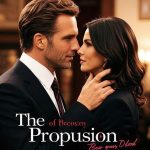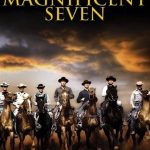A Christmas Carol (2009): A Haunting Holiday Classic Reimagined
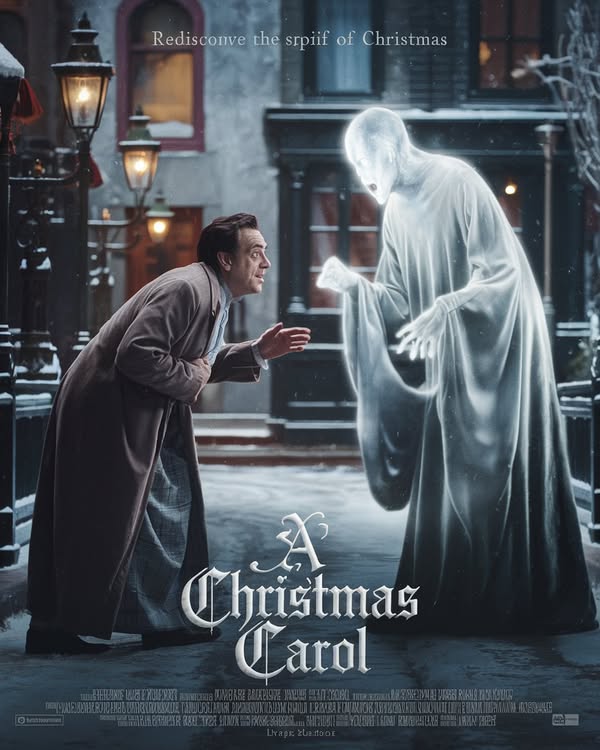
Related Movies:
Disney’s A Christmas Carol (2009), directed by Robert Zemeckis, is a visually stunning and emotionally resonant adaptation of Charles Dickens’ timeless novella. Powered by cutting-edge motion-capture technology and a tour-de-force performance by Jim Carrey, this animated retelling brings Ebenezer Scrooge’s transformative journey to life with a blend of eerie brilliance and heartwarming holiday spirit. With its grim yet enchanting depiction of Victorian London, chilling supernatural encounters, and universal themes of redemption, this film is a modern classic that captivates audiences of all ages. This 2000-word review explores the film’s narrative, performances, visuals, themes, and cultural impact, explaining why A Christmas Carol (2009) earns its place as a must-watch holiday gem for families, Dickens enthusiasts, and anyone seeking a festive heart-warmer.
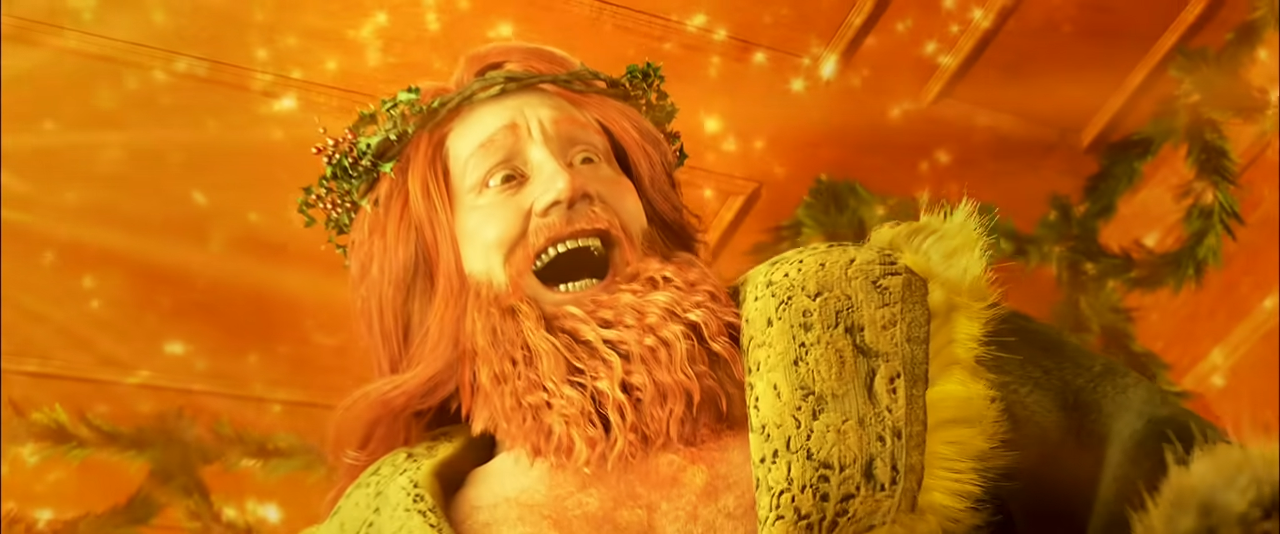
Plot Summary: Scrooge’s Redemption in Victorian London
Set in 1843 London, A Christmas Carol follows Ebenezer Scrooge (Jim Carrey), a miserly, cold-hearted moneylender who despises Christmas and all its joys. On Christmas Eve, Scrooge is visited by the ghost of his former business partner, Jacob Marley (also Carrey), who warns him to change his selfish ways or face eternal torment. Marley’s visitation is followed by three spirits: the Ghosts of Christmas Past, Present, and Yet to Come, each guiding Scrooge through a soul-shaking journey that forces him to confront his past mistakes, present cruelties, and grim future.
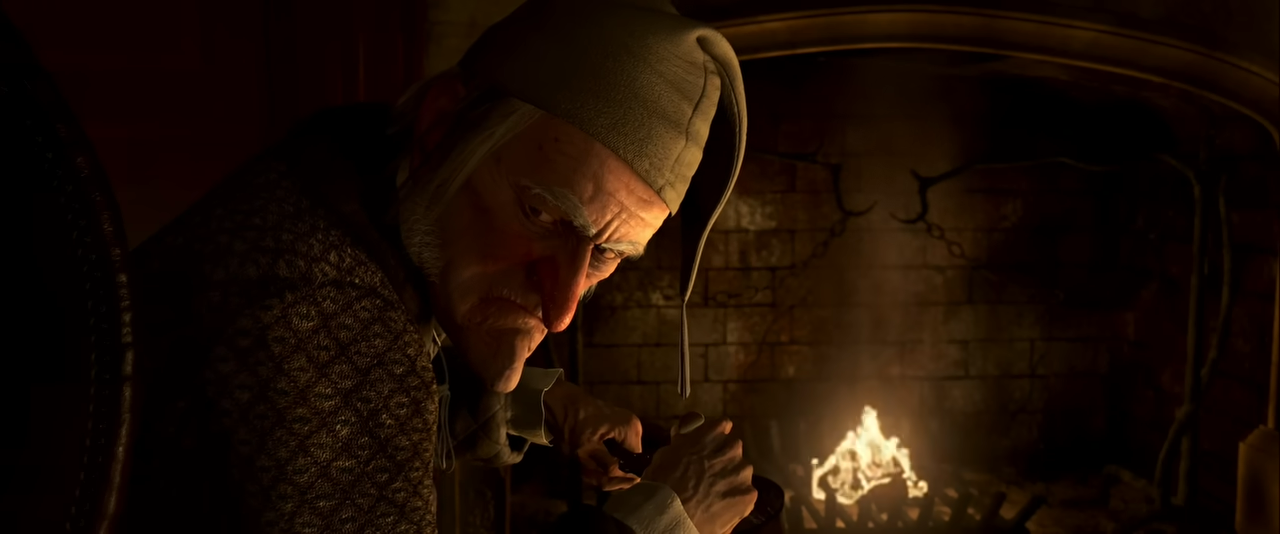
The narrative unfolds as a tightly paced, 96-minute odyssey. The Ghost of Christmas Past reveals Scrooge’s lost love and youthful innocence, while the Ghost of Christmas Present exposes the struggles and joys of those around him, including his underpaid clerk, Bob Cratchit (Gary Oldman), and Cratchit’s ailing son, Tiny Tim. The Ghost of Christmas Yet to Come delivers the film’s most harrowing moments, showing Scrooge a future marked by loneliness and death. Through these encounters, Scrooge transforms from a bitter recluse to a generous, joyful man, embracing the spirit of Christmas.
Zemeckis stays faithful to Dickens’ text, preserving its moral core while amplifying the supernatural elements with modern animation. The story’s blend of ghostly horror and heartfelt redemption makes it both thrilling and uplifting, a perfect balance for holiday viewing.
Themes: Redemption, Compassion, and the Power of Change
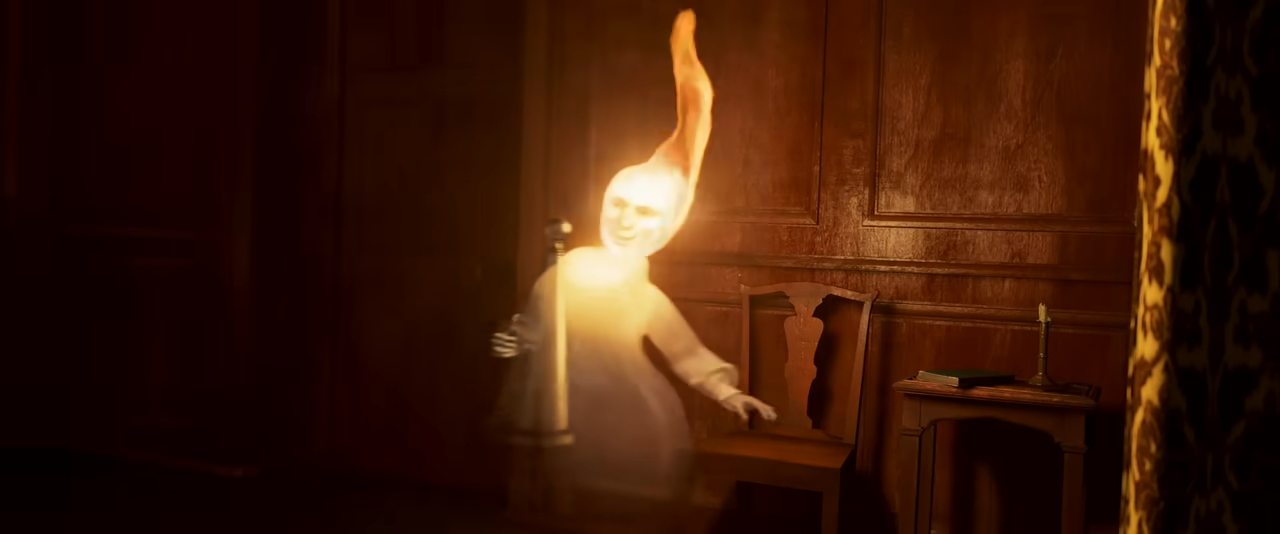
At its heart, A Christmas Carol is a story of redemption, and the 2009 adaptation underscores this theme with emotional clarity. Scrooge’s journey from greed to grace is a universal tale of second chances, showing that even the most hardened hearts can change. Jim Carrey’s nuanced performance captures Scrooge’s gradual awakening, making his transformation feel earned and authentic.
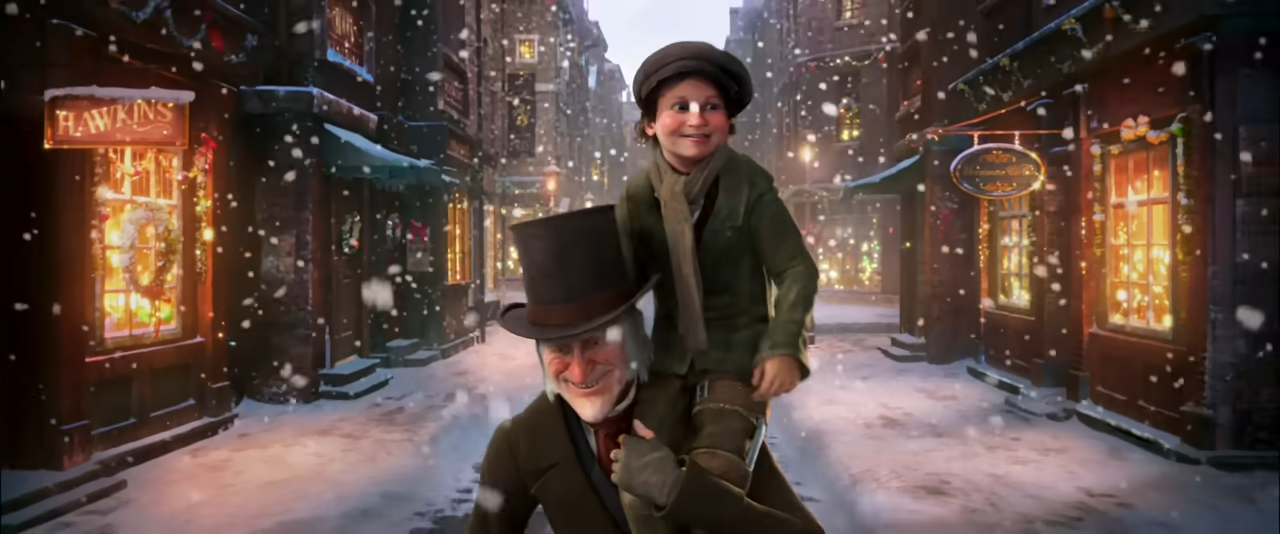
Compassion is another central theme, highlighted through the Cratchit family’s resilience and the warmth of Scrooge’s nephew, Fred (Colin Firth). The film contrasts Scrooge’s isolation with the communal joy of Christmas, emphasizing the importance of kindness and connection. The Ghost of Christmas Present’s scenes, filled with bustling markets and festive gatherings, celebrate humanity’s capacity for generosity.
The theme of mortality looms large, particularly in the chilling sequences with the Ghost of Christmas Yet to Come. These moments, steeped in Dickens’ gothic sensibilities, confront Scrooge—and the audience—with the consequences of a life without love. The film’s ability to weave these heavy themes into a family-friendly narrative ensures it resonates across generations, offering both a moral lesson and a festive escape.
Characters and Performances: Jim Carrey’s Motion-Capture Magic
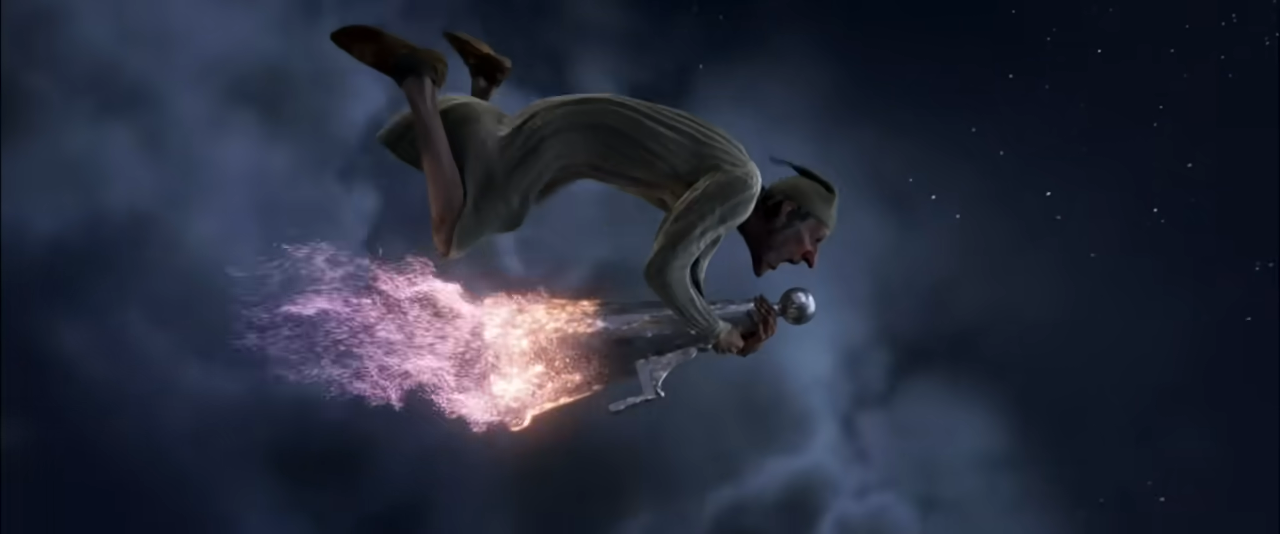
The film’s success rests on its stellar cast, with Jim Carrey delivering a virtuoso performance in multiple roles. Supported by a talented ensemble, the characters breathe life into Dickens’ world, enhanced by the unique capabilities of motion-capture animation.
Jim Carrey as Ebenezer Scrooge and the Ghosts
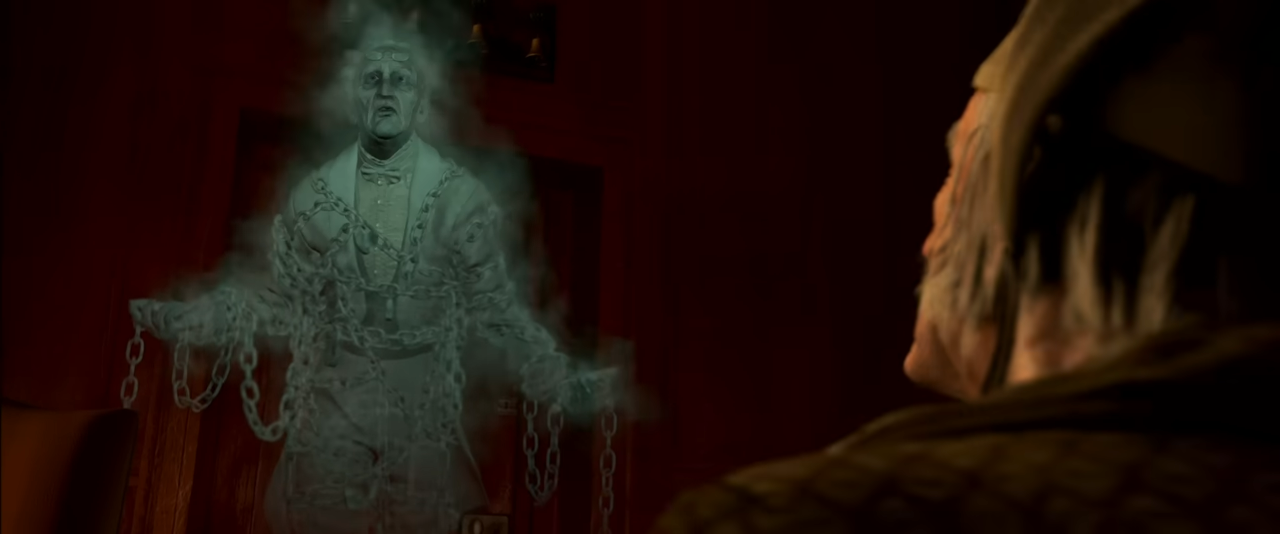
Jim Carrey’s portrayal of Scrooge is a masterclass in versatility, capturing the character’s curmudgeonly cruelty, vulnerability, and eventual joy. Using motion-capture technology, Carrey infuses Scrooge with expressive physicality—his hunched posture and sharp gestures early on give way to a lighter, more open demeanor as he transforms. Carrey’s vocal range, from Scrooge’s gruff snarls to his giddy laughter, adds depth, making the character’s arc both compelling and relatable. His comedic background (Ace Ventura, 1994) and dramatic chops (Eternal Sunshine of the Spotless Mind, 2004) shine, balancing humor with pathos.
Carrey also plays the Ghosts of Christmas Past, Present, and Marley, each distinct and memorable. His Marley is a ghastly, chain-rattling spectre, delivering a haunting warning with gravitas. The Ghost of Christmas Past, with its candle-like glow and ethereal voice, is both whimsical and unsettling. The Ghost of Christmas Present, a jovial giant, bursts with warmth, though Carrey hints at the spirit’s underlying sorrow. These performances showcase Carrey’s range, making him the film’s emotional anchor.
Supporting Cast
The ensemble elevates the story further. Gary Oldman’s Bob Cratchit is understated yet poignant, his quiet dignity contrasting Scrooge’s harshness. Oldman also voices Tiny Tim, whose frail optimism (“God bless us, every one!”) tugs at the heartstrings. Colin Firth’s Fred brings infectious cheer, embodying the Christmas spirit Scrooge initially rejects. Robin Wright Penn’s Belle, Scrooge’s lost love, adds a bittersweet note, her scenes tinged with regret. Each actor, enhanced by motion-capture, delivers a performance that feels both theatrical and intimate, bridging the gap between animation and live-action.
Cinematography and Animation: A Victorian World in 3D
Zemeckis, a pioneer in motion-capture (The Polar Express, 2004), pushes the technology to new heights in A Christmas Carol. The film’s 3D animation, crafted by Disney, creates a Victorian London that’s both grim and enchanting. Snow-covered streets, flickering gas lamps, and cramped tenements evoke Dickens’ era with meticulous detail, while the 3D format adds immersive depth—snowflakes seem to drift into the audience, and ghostly apparitions loom larger than life.
Cinematographer Robert Presley’s work is stunning, balancing gothic gloom with festive warmth. The Ghost of Christmas Past’s sequences shimmer with golden hues, while the Present’s bustling markets burst with color. The Yet to Come’s shadowy, dystopian London is the film’s visual peak, with stark blacks and grays amplifying the dread. Dynamic camera work, like swooping shots through London’s rooftops or tight close-ups of Scrooge’s terrified face, heightens the emotional stakes.
The animation’s realism, particularly in character design, is striking yet occasionally uncanny—a common critique of early motion-capture films. However, the expressive faces and fluid movements outweigh any minor flaws, immersing viewers in a world that feels alive. Alan Silvestri’s score, with its soaring strings and haunting choral pieces, complements the visuals, enhancing both the spooky and heartwarming moments.
Direction: Zemeckis’ Modern Flair
Robert Zemeckis brings a bold vision to A Christmas Carol, blending reverence for Dickens with modern storytelling. His use of 3D and motion-capture amplifies the novella’s supernatural elements, making the ghosts feel genuinely otherworldly. The Marley scene, with its jaw-dropping specter and rattling chains, sets a chilling tone, while the Yet to Come’s silent menace is pure gothic horror. Zemeckis leans into these darker moments, ensuring the film isn’t just a cozy holiday tale but a gripping moral journey.
Yet, Zemeckis never loses sight of the story’s heart. The Cratchit family’s modest Christmas dinner and Scrooge’s final acts of generosity are rendered with sincerity, avoiding sentimentality. His pacing is brisk, with each ghost’s visit building momentum toward Scrooge’s rebirth. Occasional flourishes—like an extended chase with the Ghost of Christmas Yet to Come—add spectacle but can feel extraneous. Overall, Zemeckis’ direction strikes a balance between innovation and fidelity, making the film accessible to modern audiences while honoring its literary roots.
Why A Christmas Carol (2009) Stands Out
This adaptation shines for its ability to refresh a familiar story without losing its essence. Jim Carrey’s multifaceted performance brings new depth to Scrooge, while the supporting cast grounds the tale in human connection. The 3D animation, though a product of its time, creates a visually arresting world that enhances Dickens’ gothic and festive tones. The film’s emotional core—Sc authenticity resonates, offering a reminder of the power of kindness and change.
Compared to other adaptations, like Scrooge (1951) or The Muppet Christmas Carol (1992), Zemeckis’ version stands out for its visual ambition and supernatural intensity. It appeals to a broad audience: families enjoy its holiday cheer, Dickens fans appreciate its fidelity, and cinephiles admire its technical prowess. Its darker tone may unsettle very young viewers, but its uplifting message ensures universal appeal.
Cultural and Historical Context
Released on November 6, 2009, A Christmas Carol grossed $325 million worldwide and earned praise for its visuals and Carrey’s performance, though some critics noted the uncanny valley effect of its animation. It arrived during a wave of 3D films (Avatar released the same year) and capitalized on the format’s popularity. In 2025, the film remains a holiday staple, frequently streamed on Disney+ and aired on TV during Christmas season. Its themes of compassion and redemption resonate in an era of social and economic challenges, making it a timely watch.
Why You Should Watch A Christmas Carol (2009)
A Christmas Carol (2009) is a holiday must-see for its haunting visuals, heartfelt story, and Jim Carrey’s unforgettable performance. Families will love its festive magic, while adults will appreciate its deeper themes. The 3D animation, best experienced in a home theater setup, immerses you in Dickens’ world, and the emotional journey leaves you uplifted. Pair it with other holiday classics like It’s a Wonderful Life (1946) or Home Alone (1990) for a cozy movie marathon.
Where to Watch
As of May 2025, A Christmas Carol (2009) is available on Disney+, with rentals on Amazon Prime, iTunes, Google Play, and YouTube. Check local listings for TV airings during the holiday season. The Blu-ray 3D version is ideal for those with compatible setups.
Final Thoughts: A Timeless Tale Reborn
Disney’s A Christmas Carol (2009) is a haunting yet heartwarming holiday classic that breathes new life into Dickens’ masterpiece. Jim Carrey’s motion-capture brilliance, coupled with stunning 3D visuals and Zemeckis’ bold direction, creates a film that’s both modern and timeless. Its themes of redemption and compassion, paired with its vivid depiction of Victorian London, make it a festive gem for all. Whether you’re a Dickens devotee or simply seeking a Christmas heart-warmer, this film delivers joy, chills, and inspiration.
Keywords: A Christmas Carol, Jim Carrey, Robert Zemeckis, Disney, Christmas movies, motion-capture, 3D animation, Victorian London, redemption, Scrooge, holiday classic, Dickens, Ghost of Christmas, family film, 2009.









